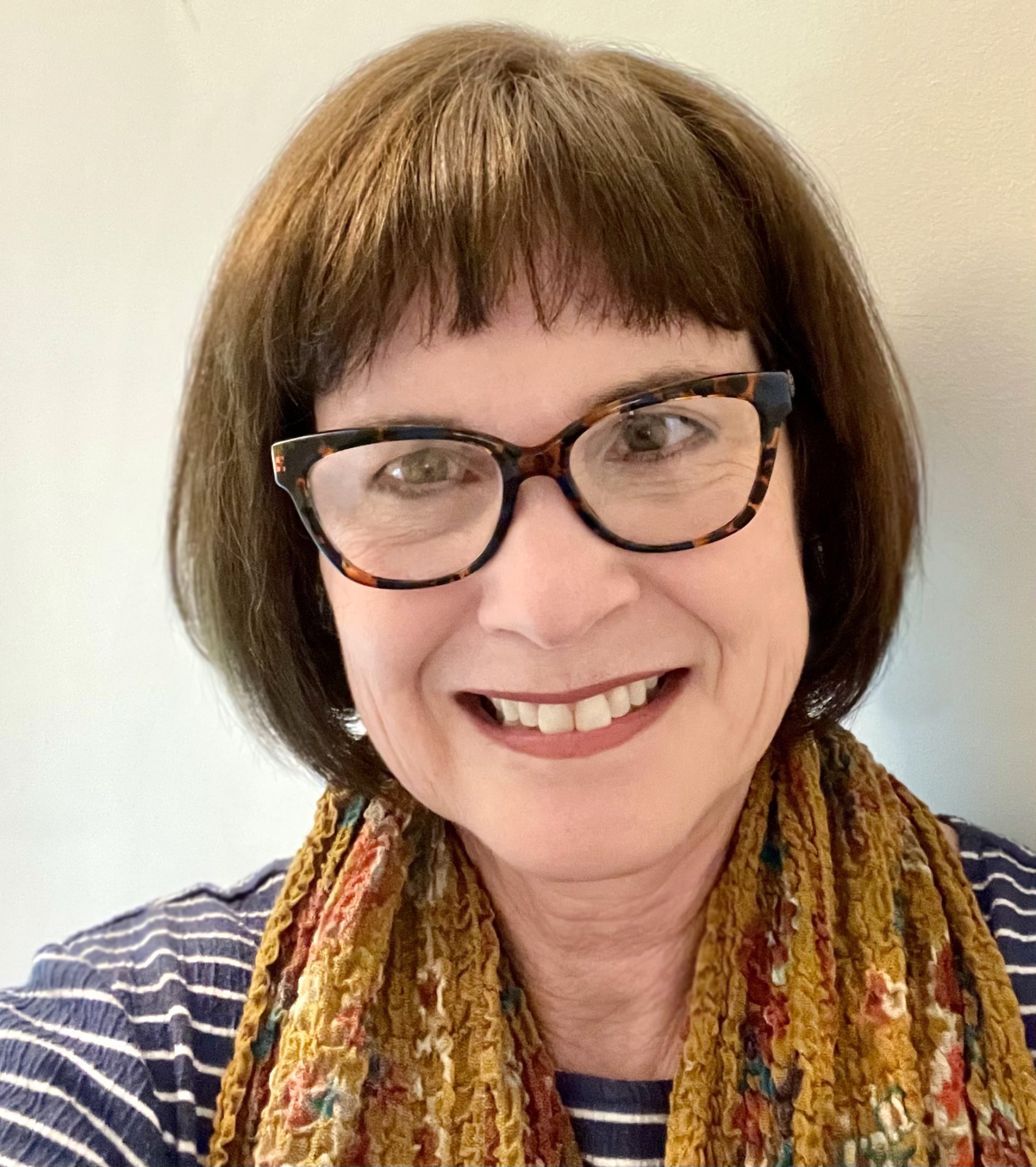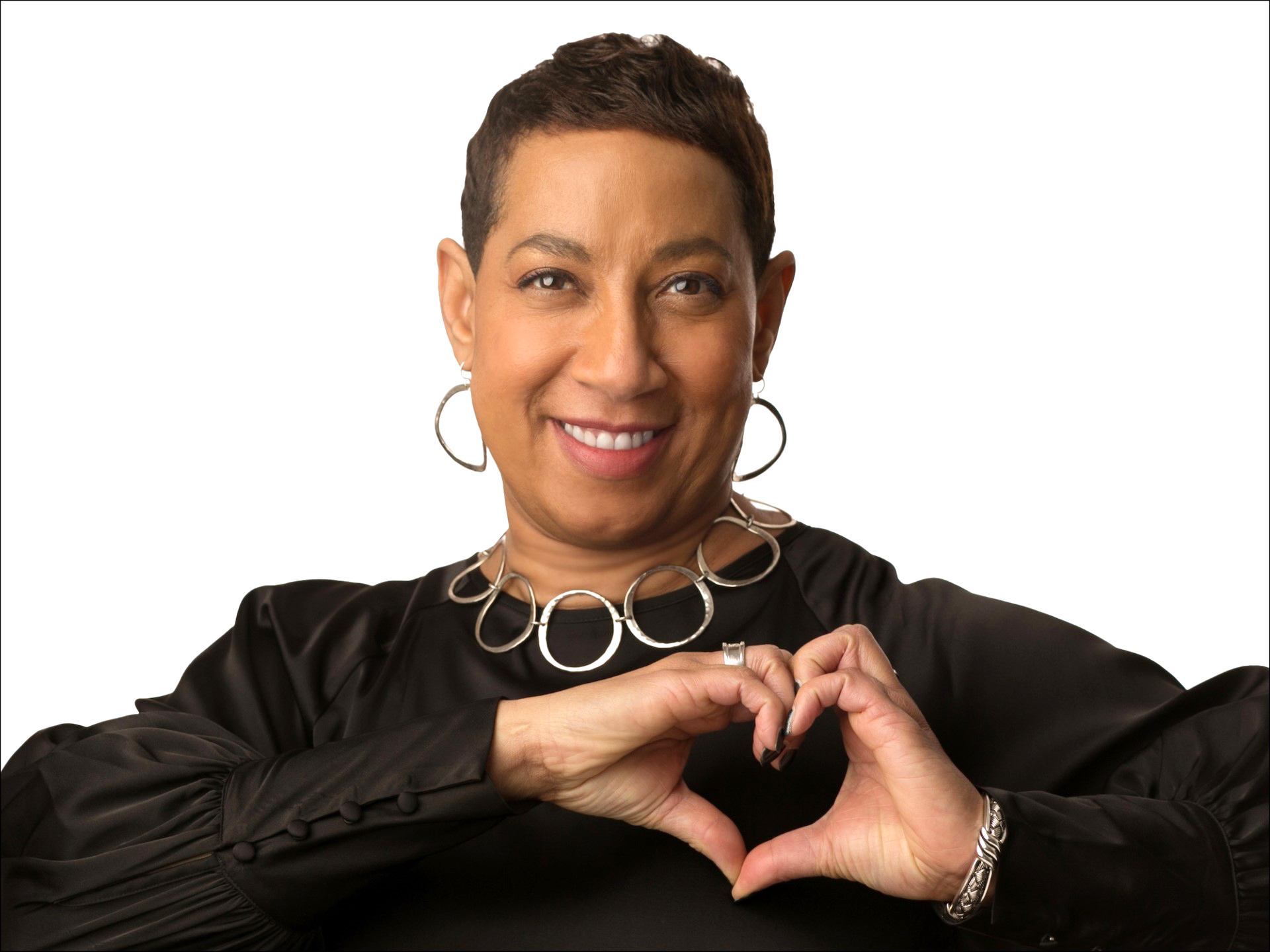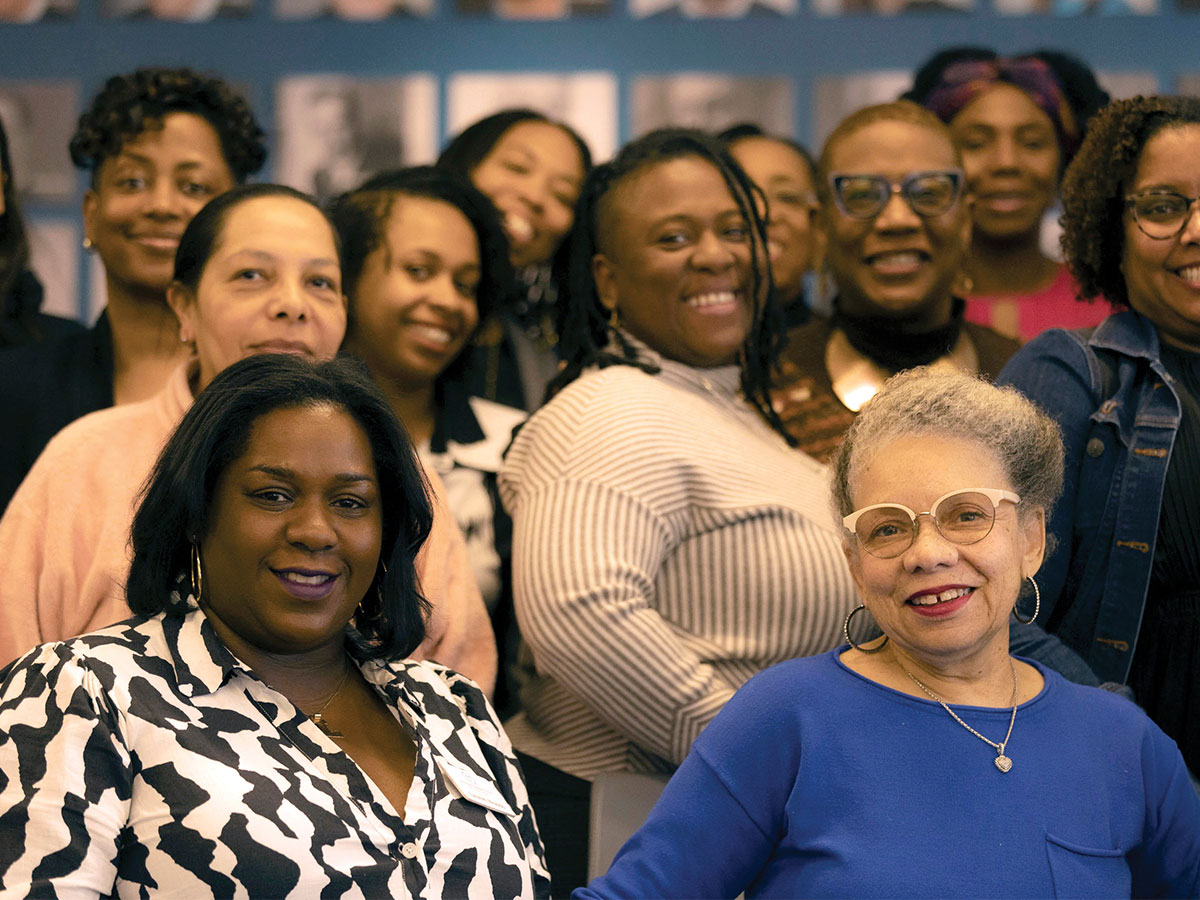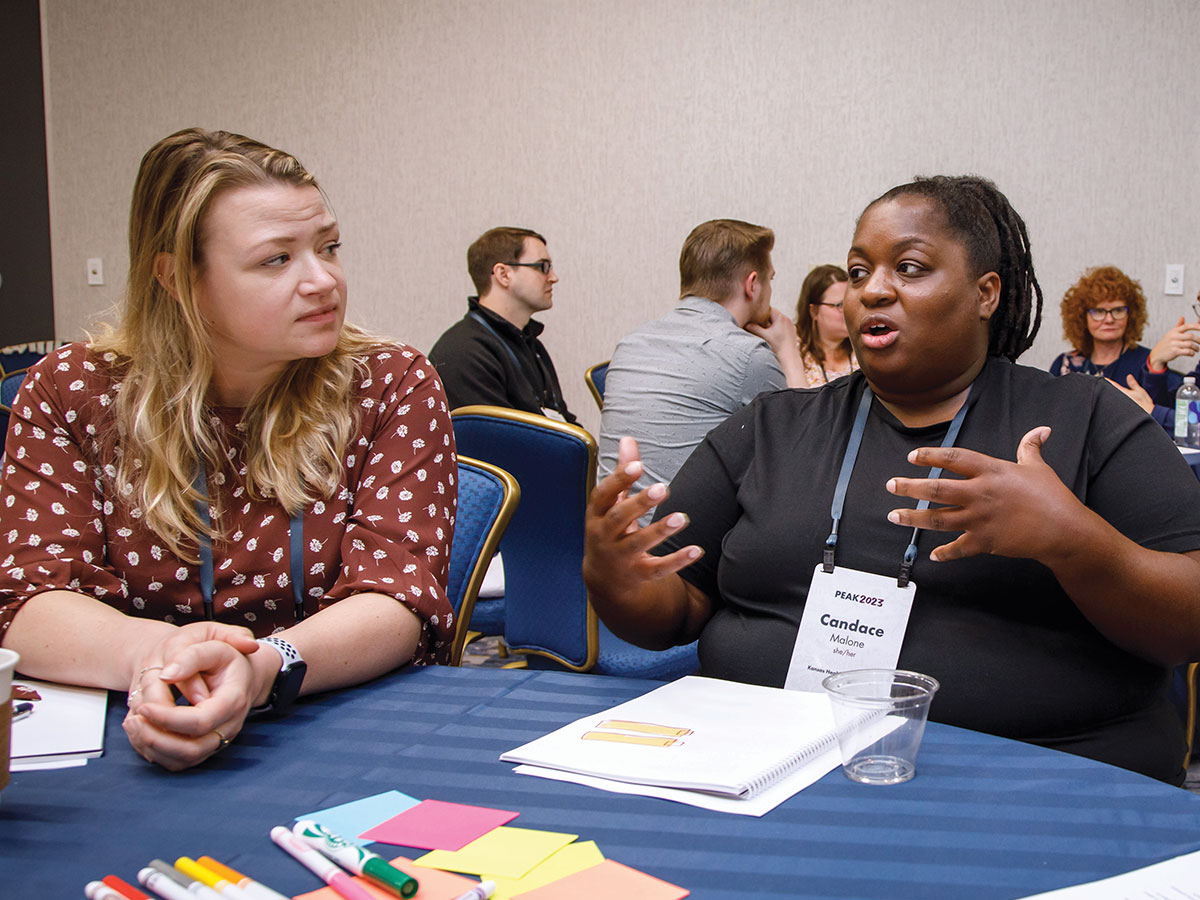Inclusive Philanthropy: How to welcome and respect people with disabilities

The nonprofit RespectAbility is on the front lines of the media and policy war to protect people with disabilities during the pandemic and related economic crisis. In a PEAK webinar, now available on demand, RespectAbility CEO Jennifer Laszlo Mizrahi spoke to the many challenges that disabled Americans face in this pandemic.
Case in point: Eleven million people with disabilities rely on the Supplemental Nutrition Assistance Program (SNAP), but only four states had policies in place covering food delivery. Thanks to the efforts of disability advocacy groups, including RespectAbility, 90 percent of SNAP households are now able to access food safely during the COVID-19 pandemic.
Their advocacy work for people with disabilities extends to philanthropy as well. According to Mizrahi, there is much left to do to ensure that grantmakers are communicating in ways that are welcoming, respectful, and inclusive. “Video captioning is my litmus test,” says Mizrahi. “YouTube offers it instantly and for free, so if a group isn’t offering captions on their videos, they lack intentionality around equity.”
As Mizrahi points out, there’s no excuse not to make accessibility an imperative. “You don’t need to be a big and well-funded foundation to make the changes needed. Most of them can be done for little or no money,” she says. “If your foundation wants to offer transparency, accessibility, equity and accountability,” it’s just a matter of education and effort.
Mizrahi also challenges grantmakers to insist on inclusivity from their grantee partners as well, pointing out that “given that one in four adults have [a disability], why wouldn’t they have people with disabilities on their team?”
A major study of social sector practices found that 75 percent of nonprofits want to be inclusive of people with disabilities, yet most fail to follow through. Why? According to Mizrahi, they simply don’t know how. Mizrahi offers 10 specific steps you and your grantees can take:
- Commit publicly to the inclusion of people with disabilities. The message that all people, including those with disabilities, are of equal value must be communicated publicly and repeatedly by top leaders, both out loud and on your website.
- Ensure that people with disabilities are included in decision-making positions, and not just for issues related to them. Organizations are at their best when they welcome, respect, and include people of all backgrounds. Indeed, problems are best solved by working with people who have experienced them first-hand and know solutions that work. Just like issues that impact people of different racial, ethnic, or other backgrounds, people with disabilities should be involved in solving issues that impact them and issues that impact the broader context of their lives.
- Foster an inclusive environment with your language and practices. What we say makes a difference. Avoid saying things like “wheelchair-bound,” “confined to a wheelchair,” “wheelchair person,” or “suffers from.” Instead, say “someone who uses a wheelchair.”
- Establish an inclusion point person or committee. Add an inclusion statement to your website and event invitations, and train your human resources staff to respond to requests for disability accommodations. Consider making diversity, including disability and accessibility, into a performance metric for all departments and employees.
- Include people with disabilities in your marketing. For example, photos on your organization’s website and your publications should include individuals with visible disabilities.
- Make your website, online resources, and social media accessible. Set up your website and social media to be easy-to-use for screen readers and people who need captions. Ensure that all online photos have alt text, that all videos you produce have captions, and that all other materials – business cards, documents, and presentations – are accessible.
- Ensure the accessibility of your office and events. All of the following must be accessible: facilities, invitations and notification for events, communications, and your people (staff and volunteers).
- Include disability in diversity data, and ask your grantees to do the same. Demonstrate that your organization prioritizes diversity, equity, and inclusion by walking the walk (or rolling the roll, in the case of wheelchair users) regarding disability inclusion.
- Promote a disability lens among grantees and partners. Ask your grantees and partners about meaningful and inclusive policies and programs; public commitments on their website and materials; employing people with disabilities at all levels; inviting people to request accommodations; the physical accessibility of their office and programs; website accessibility; video captioning; and internal and external educational efforts. Help them to look at intersectional data and impacts.
- Do a little research. Disability impacts people of all races, genders, and backgrounds, and making a difference is much easier than you think. You can start with these resources from RespectAbility:
Webinar: How to Ensure Accessible Websites and Social Media
Photo: Universal Access Flag Lap Blanket, made by American Disabled for Attendant Programs Today. Gift of Carol Jones to National Museum of American History, Smithsonian Institution



